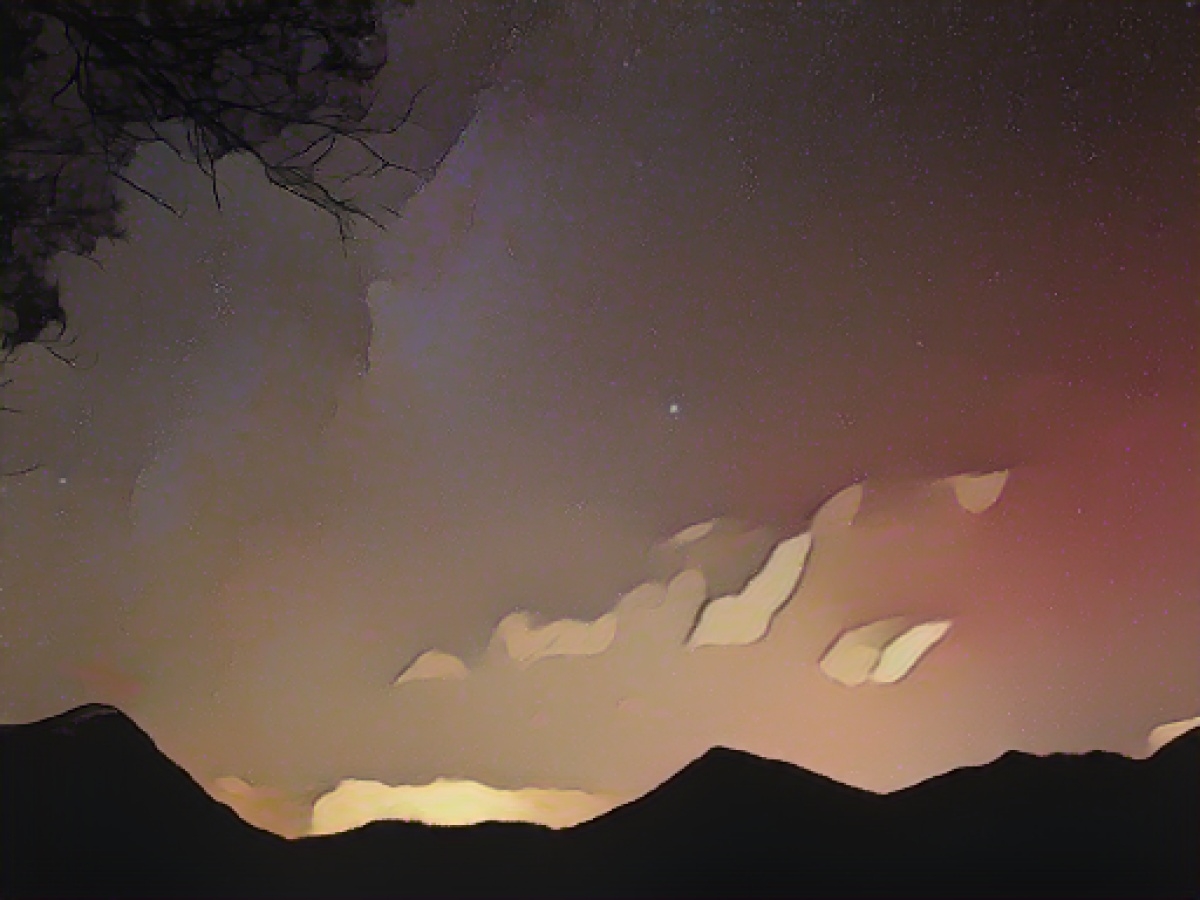Chances of seeing auroras in the southwest
In the southwest, there is still a chance of seeing auroras in the near future. "We are now in an active solar phase this year and for the next two years. There will always be auroras," said Sven Melchert from the Sternfreunde association on Tuesday. According to him, people in some places in southern Germany, Austria and as far as the Mediterranean region were able to observe the natural spectacle on Sunday evening. There were a lot of red sky brightenings, said Melchert. In Baden-Württemberg, clouds obscured the natural phenomenon.
According to Melchert, anyone who wants to see the event or even capture it photographically does not need any special equipment. The glow can also be seen with the naked eye. And: "Modern camera phones can all take pictures of them." Melchert has a clear recommendation for seeing auroras: "The best tip is always to go where it's dark." If you're standing in the middle of the city next to a street lamp, you won't be able to see anything. If you are just outside the city, you have to look north to see the natural spectacle.
According to the German Research Center for Geosciences (GFZ), auroras usually occur in the far north between 60 and 70 degrees latitude. For orientation: Norway's capital Oslo lies just below the 60th degree of latitude, the Norwegian city of Tromsø just below the 70th degree of latitude.
So-called solar storms are responsible for the often greenish or reddish glow. During these storms, electrically charged particles are hurled away from the sun. If this happens in the direction of the earth, the particles can reach us. If they enter the Earth's atmosphere, they glow. During normal solar activity, the auroras can only be seen in the higher latitudes. During strong solar storms, the auroras can also be seen further south.
The predicted active solar phase could also lead to auroras in the realm of astronomy, potentially extending beyond the usual high-latitude regions. Moreover, with modern camera phones now capable of capturing images, enthusiasts can document the natural and weather-dependent phenomenon of auroras, even in relatively dark locations outside cities.
Source: www.dpa.com








